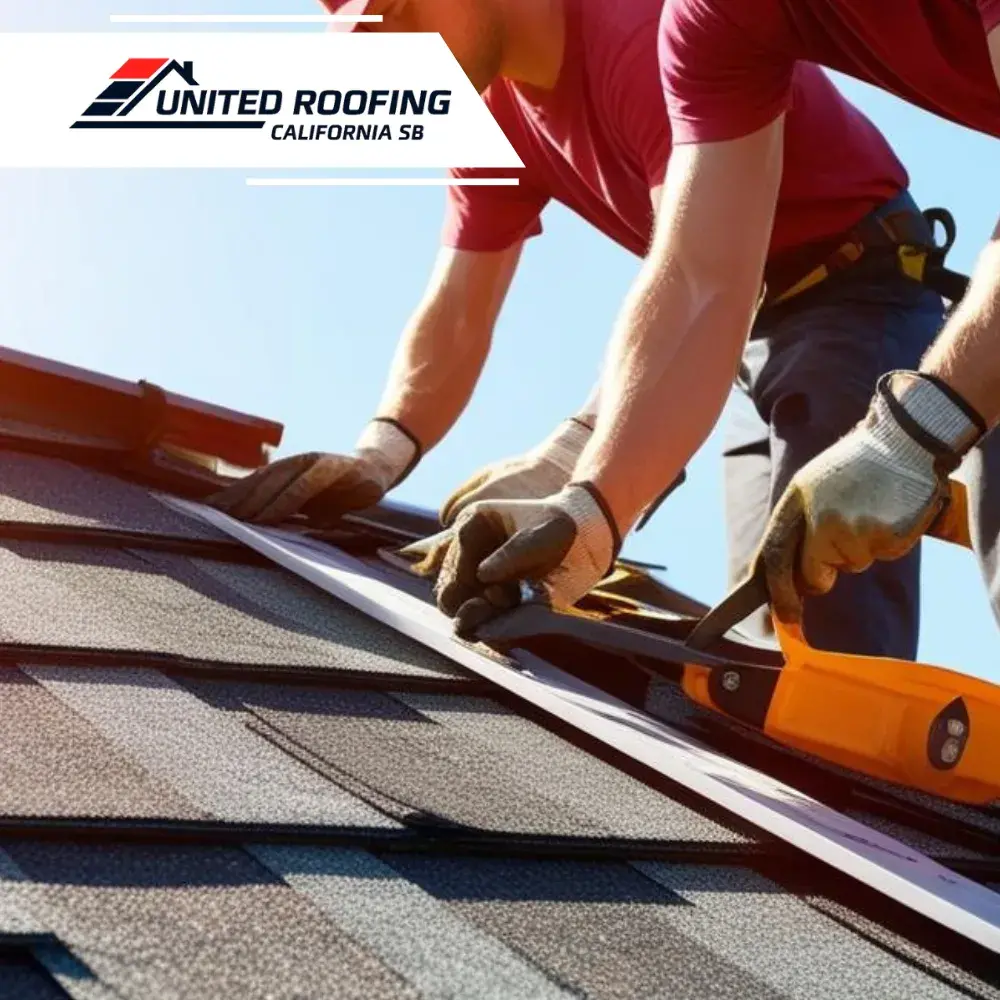Before any new roof can be installed, a thorough roof deck evaluation is essential to ensure a successful and lasting project. The roof deck serves as the foundation for all materials above it, meaning its condition directly impacts the performance and longevity of the entire system. Overlooking this critical step during a roofing replacement can lead to structural issues, poor installation, and future costly repairs. A proper evaluation protects your investment and guarantees that the new roofing system functions as intended.
Understanding the Role of the Roof Deck
The roof deck is more than just a base; it provides structural support for all roofing layers, from insulation to membranes or shingles. If the deck is compromised—whether by rot, warping, or water damage—it cannot properly support the new system. During any roofing replacement, contractors must inspect the deck to identify hidden weaknesses. Repairing or replacing damaged sections before installing new materials ensures a safer, more durable roof overall.
Identifying Hidden Damage Before Installation
Water intrusion, mold growth, and wood deterioration are common issues that affect roof decks but may not be visible from above. A professional inspection during the roofing replacement process can uncover these hidden threats before they compromise the new installation. By addressing problems early, property owners avoid future leaks, insulation failures, and structural risks that could lead to premature roof failure and added expenses.
Maximizing the Lifespan of Your New Roof
A roofing system is only as strong as the surface it rests on. Installing a brand-new roof over a weakened or damaged deck drastically shortens its expected life. Investing in a detailed evaluation ensures that the entire system is built on a solid foundation. This proactive approach not only maximizes the performance of the roofing materials but also helps maintain warranties, as many manufacturers require proof of a sound substrate before covering their products.
Enhancing Building Safety and Energy Efficiency
Beyond structural integrity, a well-maintained roof deck plays a critical role in building safety and energy efficiency. Gaps, rot, and warping can allow air leaks, moisture buildup, and even pest infestations. Evaluating and repairing the roof deck during the replacement process helps maintain a controlled indoor environment, reduces energy consumption, and improves occupant comfort. Taking the time to address these critical details now prevents bigger problems down the line and ensures a roofing system built to last.
Learn More

